
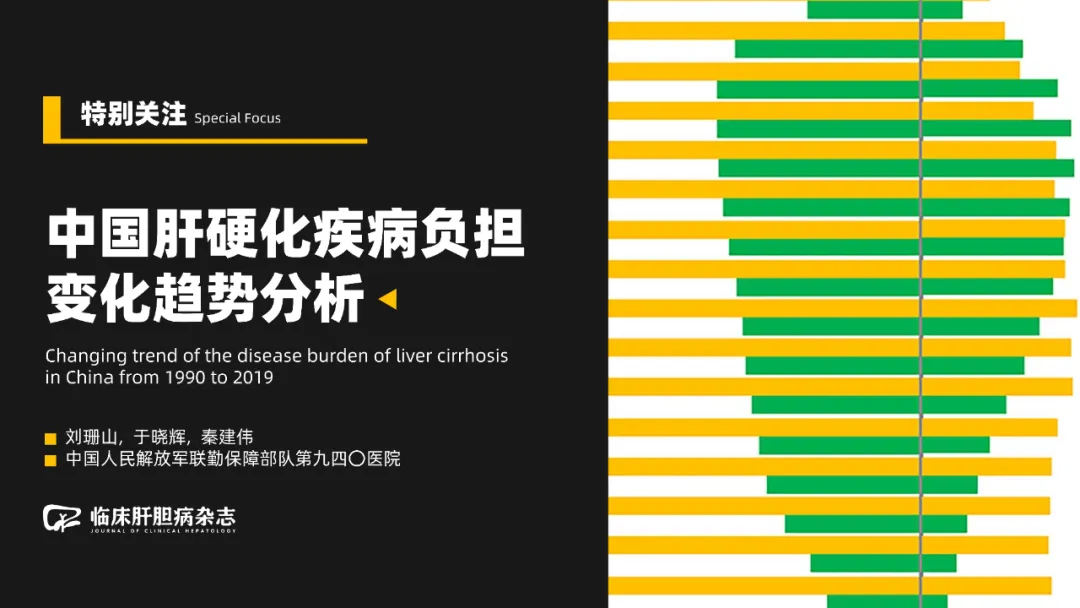

Liver cirrhosis is a significant cause of morbidity and mortality among chronic liver disease patients worldwide, ranking 11th among causes of death globally and 4th in Central European countries. Currently, with changes in lifestyle, increasing alcohol consumption, and rising obesity rates, the burden of disease caused by liver cirrhosis has become increasingly severe, making it a common and worsening public health issue globally. In the past decade, in-depth research has been conducted on the pathogenesis of liver cirrhosis, but treatment remains largely passive, especially in the prevention and treatment of complications, which severely affects the mental health and quality of life of patients with liver cirrhosis. Given the limited research on the disease burden caused by liver cirrhosis in China, this study utilizes results from the 2019 Global Burden of Disease Study (GBD 2019) to analyze the burden of liver cirrhosis in the Chinese population, exploring the age, period, and cohort effects using the APC model and predicting future trends in liver cirrhosis, providing data references for formulating targeted prevention and treatment strategies and etiological research.

1Materials and Methods
1.1 Data Sources
The data for this study comes from GBD 2019. GBD 2019 records data on incidence and mortality rates, disease burden, and various risk factors across 204 countries/regions worldwide, estimated using Bayesian regression tools, providing estimates for over 3.5 billion health outcomes and health system measures. The data extracted from GBD 2019 for this study includes: incidence, mortality, disability-adjusted life years (DALY), years of life lost (YLL), years lived with disability (YLD), and disease burden attributable risk factors for liver cirrhosis in China from 1990 to 2019, stratified by gender and age, as well as global and different socio-demographic indices (SDI), region-specific age-standardized incidence, prevalence, and mortality rates.
1.2 Research Methods
1.2.1 Joinpoint Regression Model
The Joinpoint regression model is a log-linear regression model established by Joinpoint software based on data characteristics, primarily used to analyze the trend characteristics of rates and their standardized rates over time.
1.2.2 APC Model
The APC model, based on the Poisson distribution, reflects the temporal trends of diseases by estimating the effects of age, period, and cohort on the disease.
1.2.3 BAPC Model Prediction
Based on the results of the burden of liver cirrhosis in China from 1990 to 2019, the R software BAPC package was used to predict changes in the burden of liver cirrhosis in China from 2020 to 2030. Data from 2010 to 2019 on the burden of liver cirrhosis in China was selected as the test set to evaluate the accuracy of the BAPC prediction model, with evaluation metrics including mean squared error, mean absolute error, mean absolute percentage error, and fitting accuracy; higher fitting accuracy indicates better predictive performance of the model.
1.3 Statistical Methods
Data organization was performed using Excel 2010; Joinpoint software was used to analyze the trend of the burden of liver cirrhosis; and the APC model web analysis tool was used for fitting analysis of the APC model.

2Results
2.1 Epidemiology of Liver Cirrhosis in China from 1990 to 2019
Compared to 1990, the number of cases of liver cirrhosis and prevalence in the overall, male, and female populations in China increased in 2019, while the number of deaths decreased. From 1990 to 2019, the age-standardized incidence rate, prevalence rate, and mortality rate of liver cirrhosis in the Chinese population showed a downward trend, decreasing on average by 0.62% (95% CI: -0.74% to -0.50%, t=9.99, P<0.001), 0.44% (95% CI: -0.53% to -0.35%, t=13.18, P<0.001), and 3.02% (95% CI: -3.12% to -2.93%, t=7.58, P<0.001) per year, respectively. The incidence, prevalence, and mortality rates for males were higher than for females, while the decline in the standardized rates for females was greater than for males. Compared to global and different SDI regions, the decline in the age-standardized incidence, prevalence, and mortality rates of liver cirrhosis in China from 1990 to 2019 was the largest, reaching 16.85%, 12.10%, and 58.66%, respectively. In 2019, the age-standardized incidence and mortality rates in China were lower than the levels in global and different SDI regions, while the age-standardized prevalence rate was slightly lower than that in the middle SDI region and higher than in global and other SDI regions (Table 1, Figure 1).
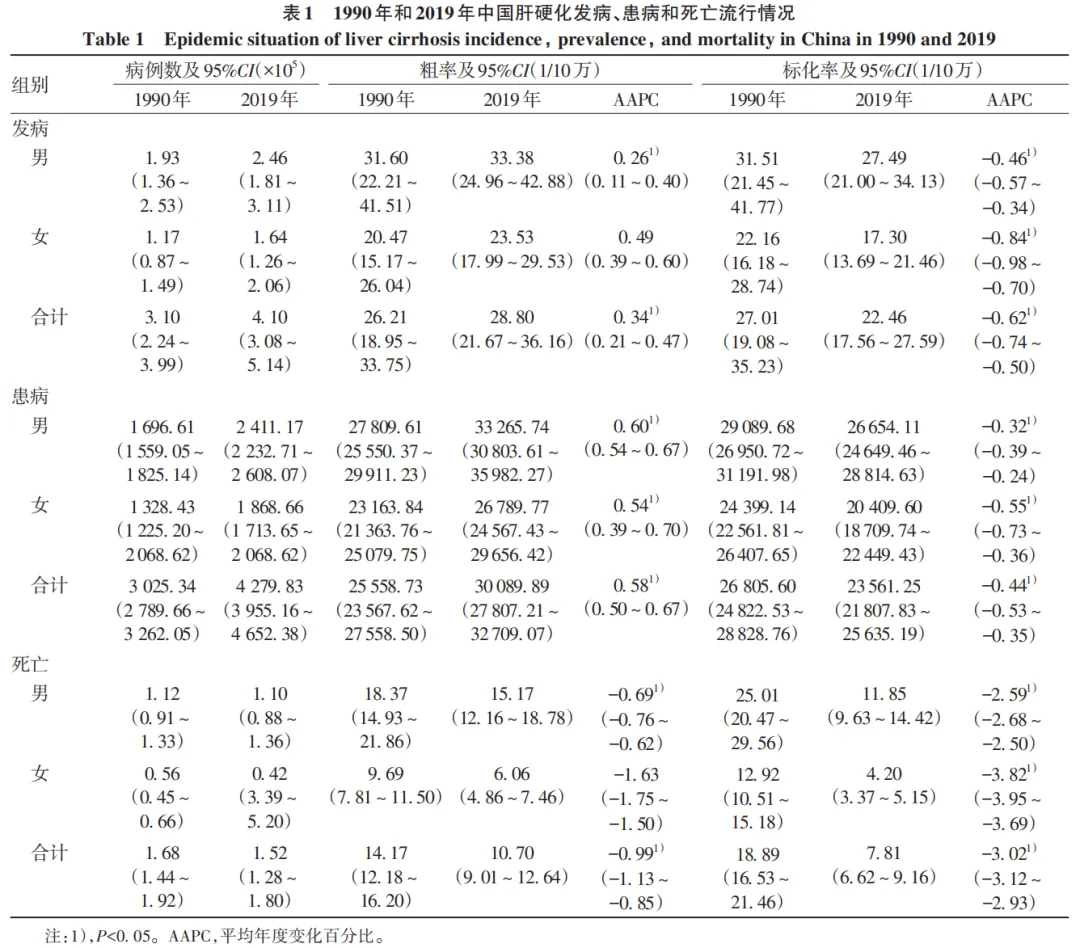

Figure 1 Changes in Incidence, Prevalence, and Mortality of Liver Cirrhosis in China Compared to Global and Different SDI Regions from 1990 to 2019
2.2 Burden of Liver Cirrhosis in China from 1990 to 2019
The age-standardized DALY rate, YLL rate, and YLD rate for liver cirrhosis in the Chinese population from 1990 to 2019 showed a downward trend, decreasing on average by 3.27% (95% CI: -3.37% to -3.18%, t=6.22, P<0.001), 3.32% (95% CI: -3.42% to -3.22%, t=9.31, P<0.001), and 1.42% (95% CI: -1.49% to -1.34%, t=4.93, P<0.001) per year, respectively. The crude and standardized rates of DALY, YLL, and YLD for males were higher than for females, while the decline in standardized rates for females was greater than for males. The proportion of YLD increased from 1.71% in 1990 to 2.79% in 2019 (Table 2, Figure 2).
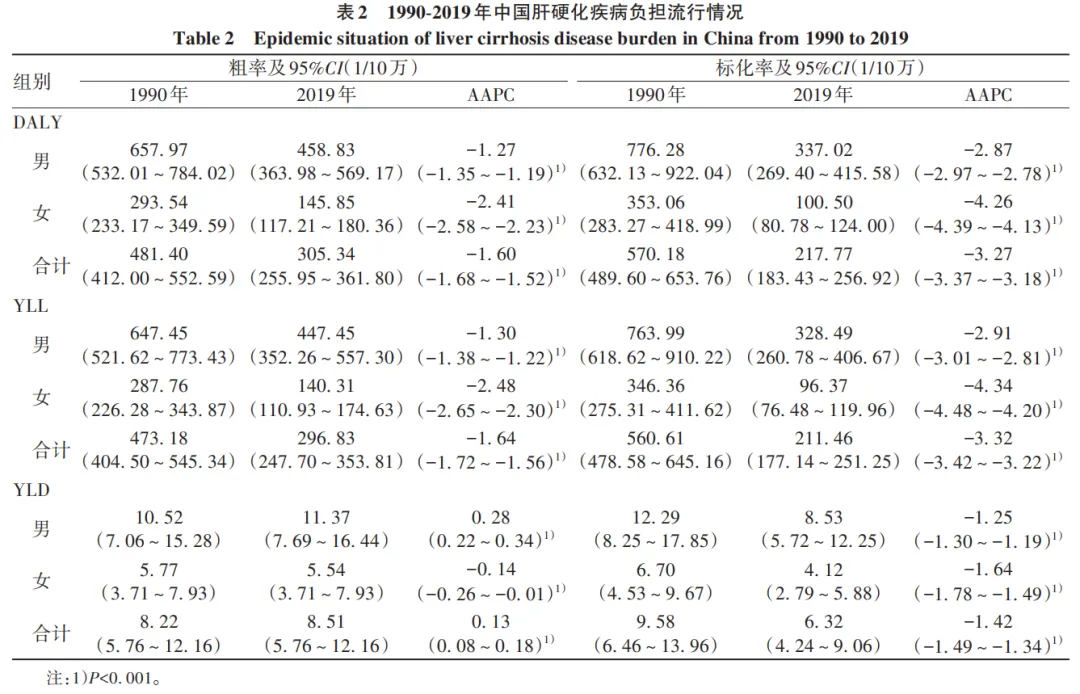
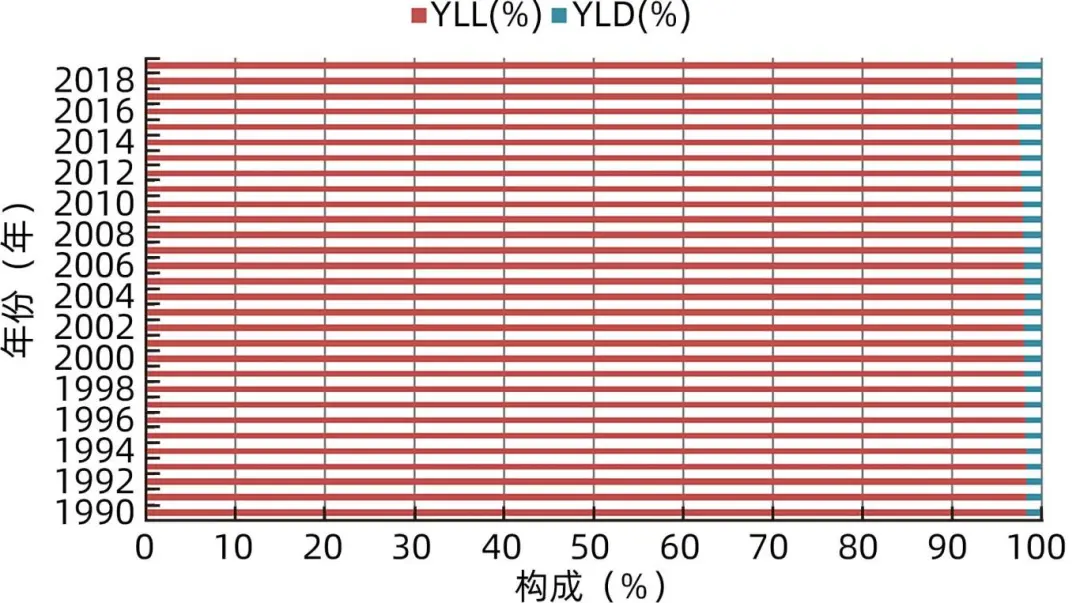
Figure 2 Changes in the Proportion of YLL and YLD in the Chinese Population from 1990 to 2019
2.3 Changes in Disease Burden of Liver Cirrhosis by Age Group in China from 1990 to 2019
From 1990 to 2019, the age DALY rate, YLL rate, and YLD rate for liver cirrhosis in the Chinese population began to increase from the age group of 30 years, peaking in the 70-74 age group, and then declining (Figure 3).
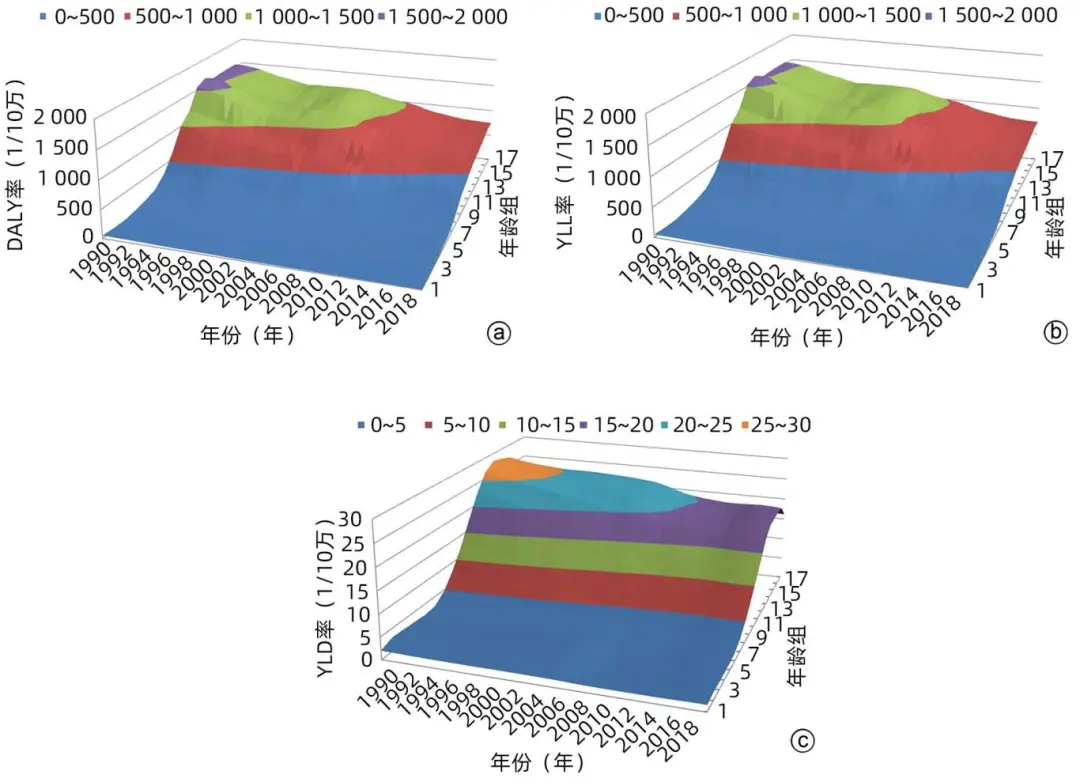
Note: In the age groups, 1 represents 0-4 years, 2 represents 5-9 years, 3 represents 10-14 years, …, 15 represents 70-74 years, 16 represents 75-79 years, 17 represents 80 years and above.
Figure 3 Changes in the Age Distribution of Liver Cirrhosis Disease Burden in the Chinese Population from 1990 to 2019
2.4 Age-Period-Cohort Analysis of Incidence and Mortality Rates of Liver Cirrhosis in China from 1990 to 2019
The net shift values for the incidence and mortality rates of liver cirrhosis in China from 1990 to 2019 were -0.76 (95% CI: -1.24 to -0.28) and -4.25 (95% CI: -4.47 to -4.02), respectively. The local shift values for incidence showed an initial increase followed by a decrease, peaking at 0.06 (95% CI: -0.39 to 0.51) in the 50-54 age group, while the local shift values for mortality showed an increasing trend, peaking at -2.33 (95% CI: -2.57 to -2.09) in the 80+ age group (Figures 4a, 5a).
Note: a, net shift value; b, age effect; c, period effect; d, cohort effect.
Figure 4 APC Model Effect Diagram for Incidence of Liver Cirrhosis in China from 1990 to 2019
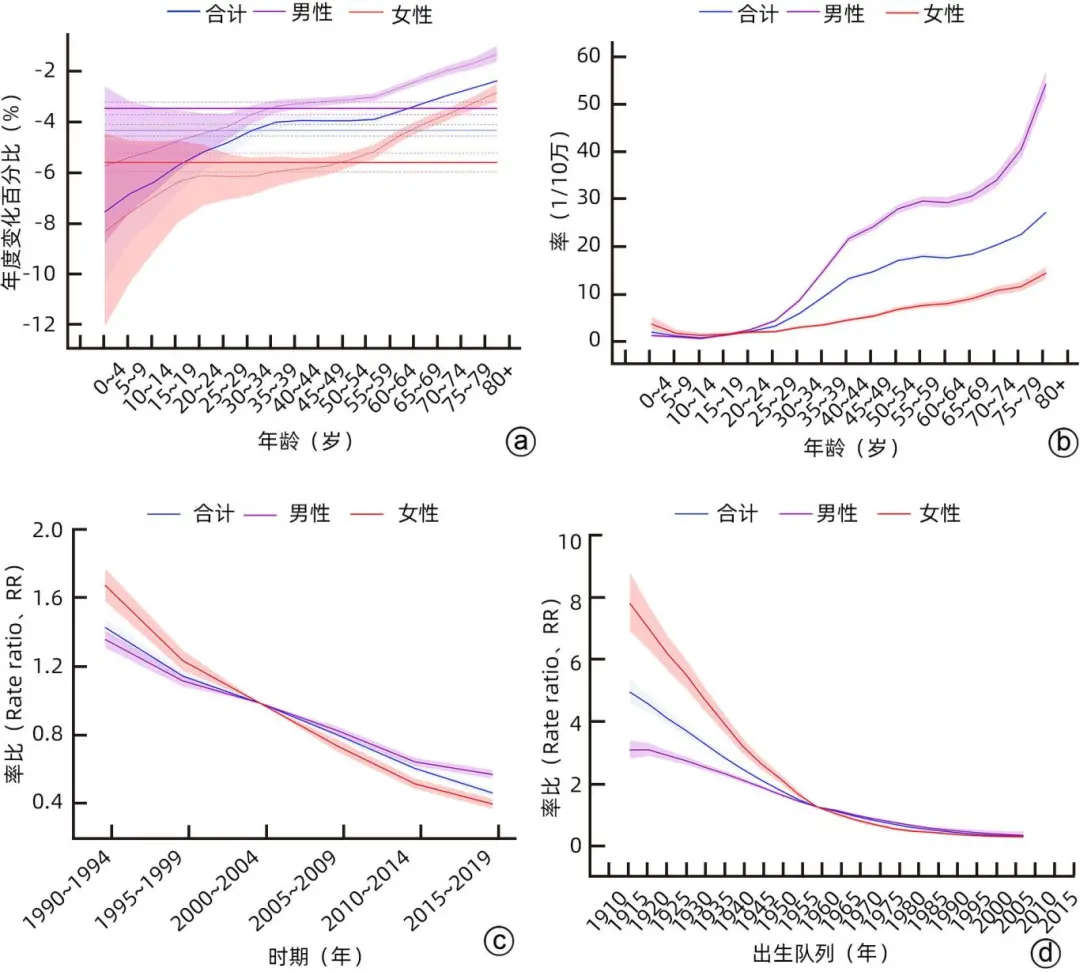
Note: a, net shift value; b, age effect; c, period effect; d, cohort effect.
Figure 5 APC Model Effect Diagram for Mortality of Liver Cirrhosis in China from 1990 to 2019
The age effect: controlling for age and cohort effects, the incidence of liver cirrhosis in the overall, male, and female populations in China showed an initial increase followed by a decrease with age, peaking in the 40-44 age group for the overall and male populations at 73.75/100,000 and 99.27/100,000, respectively, while females peaked in the 45-49 age group at 61.96/100,000, after which all groups declined. The mortality rates for the overall, male, and female populations showed a slight decrease followed by an increase with age, reaching their lowest values in the 10-14 age group at 0.82/100,000, 0.66/100,000, and 1.33/100,000, respectively (Figures 4b, 5b).
The period effect: controlling for age and cohort effects, using 2000-2004 as the reference period (RR=1.00), the risk of liver cirrhosis incidence in the overall and female populations in China showed a downward trend over time, while the risk for males showed an initial increase followed by a decrease. The mortality risk for the overall, male, and female populations in China also showed a downward trend over time (Figures 4c, 5c).
The cohort effect: controlling for age and period effects, using the cohort born from 1955 to 1959 as the reference group (RR=1), the risk of liver cirrhosis incidence and mortality in the overall, male, and female populations in China showed a downward trend with the progression of birth cohorts, with the decline in mortality risk relative to incidence risk being more pronounced (Figures 4d, 5d).
2.5 Prediction of Liver Cirrhosis Disease Burden in China from 2020 to 2030
The fitting accuracy of the prediction model reached over 99%, indicating good predictive performance. The predictions show that from 2020 to 2030, the age-standardized incidence rate, prevalence rate, mortality rate, and DALY rate caused by liver cirrhosis in China will all show a downward trend, potentially reaching 22.21/100,000, 20,456.41/100,000, 2.96/100,000, and 117.75/100,000, respectively, by 2030 (Tables 3, 4).

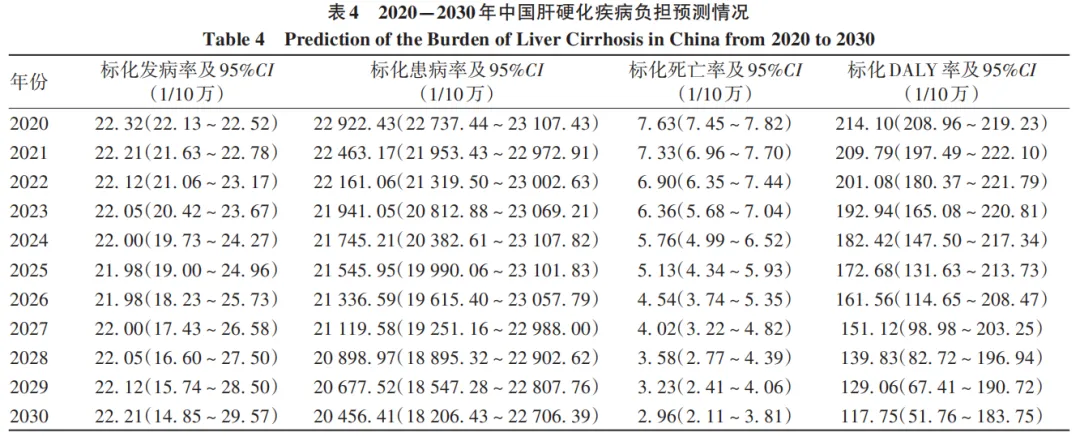
2.6 Analysis of Attributable Risk Factors for Liver Cirrhosis Burden in China from 1990 to 2019
The burden of liver cirrhosis in China from 1990 to 2019 can be attributed to two risk factors: alcohol and drugs, with alcohol being the primary risk factor for both males and females, accounting for 74.31% and 23.67% in 2019, respectively, followed by drugs, which accounted for 23.67% and 18.65%. Alcohol has a significant impact on males aged 20 and above, while its impact on females is weaker. Drugs have a considerable impact on middle-aged and elderly populations of both genders (Figure 6).
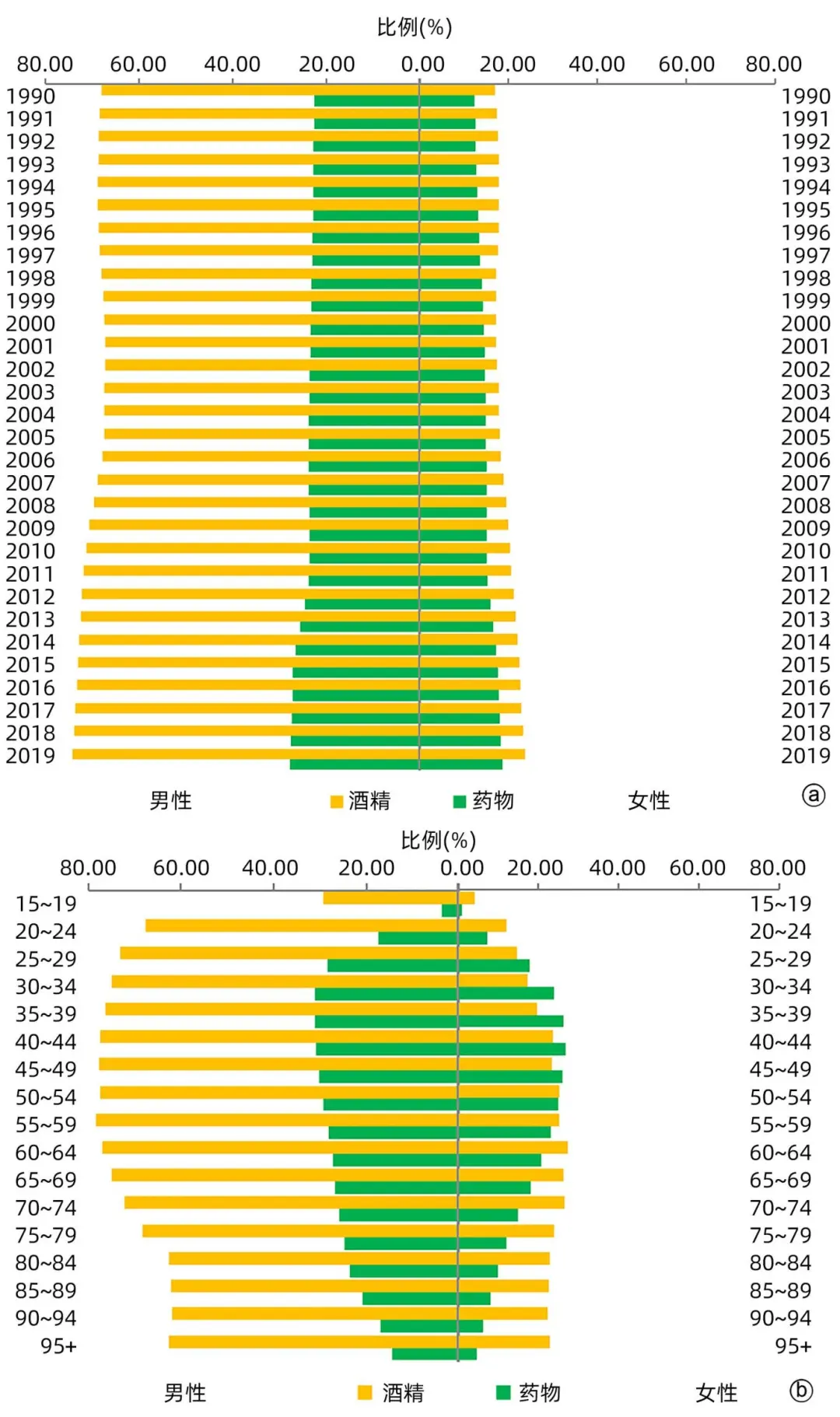
Note: a, proportion of liver cirrhosis risk factors in China from 1990 to 2019 by gender and period; b, proportion of liver cirrhosis risk factors in China in 2019 by gender and age.
Figure 6 Proportion of Risk Factors for Liver Cirrhosis Burden in China from 1990 to 2019

3Discussion
This study shows that from 1990 to 2019, the age-standardized incidence, prevalence, and mortality rates of liver cirrhosis in China showed a downward trend, but the number of cases and deaths from liver cirrhosis continues to rise, which may be due to changes in population size and demographic structure, consistent with global trends. Furthermore, compared to global and different SDI regions, the age-standardized incidence and mortality rates of liver cirrhosis in China in 2019 were lower than those in the same period globally and in different SDI regions, while the age-standardized prevalence rate was slightly lower than that in the middle SDI region and higher than in global and other SDI regions. The age-standardized DALY rate, YLL rate, and YLD rate for liver cirrhosis in China from 1990 to 2019 showed a downward trend, likely due to various prevention and treatment measures planned in China. The analysis of risk factors indicates that alcohol is the primary risk factor for liver cirrhosis, with long-term heavy drinking leading to alcoholic liver disease, increasing the likelihood of developing cirrhosis. Other studies have shown that the major cause of liver cirrhosis in China is HBV infection, with an HBsAg positivity rate of 6.1% in the general population, classifying China as a country with moderate HBV prevalence according to WHO standards. Since 1992, when China began including the HBV vaccine in its immunization program and actively promoted antiviral treatment for chronic hepatitis B, the prevalence of hepatitis B has been significantly curtailed. In addition to HBV infection, HCV infection, non-alcoholic fatty liver disease, autoimmune liver disease, genetic metabolic liver disease, and drug-induced liver disease are also major risk factors for liver cirrhosis. Studies have shown that with effective comprehensive prevention and control of HBV, and with over 95% of hepatitis C cases being completely cured by direct-acting antiviral drugs, it is expected that the incidence and prevalence of hepatitis B and C and the resulting liver cirrhosis will decrease year by year, while alcoholic liver disease will gradually become the most common cause of cirrhosis worldwide, affecting 1 in 4 adults. Early-stage liver cirrhosis often presents no obvious symptoms, making it difficult for patients to detect abnormalities on their own, leading to most liver cirrhosis patients being diagnosed at middle or late stages. High-risk populations with risk factors for liver cirrhosis should be encouraged to eliminate the causes early, with early screening, diagnosis, and treatment. With standardized treatment, most early liver cirrhosis cases can be reversed by timely removal of the cause, preventing disease progression and reducing the risk of liver cancer, thereby improving quality of life.
From 1990 to 2019, there were significant gender differences in the burden of liver cirrhosis in China, with males having higher age-standardized incidence, prevalence, mortality, and DALY rates than females, and the decline in rates for females being greater than for males. This difference may be related to the much higher alcohol consumption rates among males compared to females. Alcohol consumption is an intervenable risk factor, and the amount and manner of alcohol intake significantly impact the progression of liver cirrhosis. Strengthening health education and promotion among male populations can greatly reduce the disease burden of liver cirrhosis caused by alcohol. The results of this study indicate that the DALY rate, YLL rate, and YLD rate begin to rise from the age group of 30 years, peaking in the 70-74 age group. The age effect results show that liver cirrhosis is more prevalent among middle-aged populations, with the incidence rates peaking at 40-44 years for the overall and male populations, and at 45-49 years for females. The reasons for this include: (1) the majority of hepatitis B patients are concentrated in the middle-aged population, providing a foundation for the younger onset of cirrhosis; (2) there is a phenomenon of irrational drug use among middle-aged populations, which may accelerate the progression of existing liver diseases to cirrhosis; (3) some middle-aged individuals have habits of habitual drinking, staying up late, and consuming takeout, which may accelerate liver disease progression, especially in hepatitis B patients; (4) there are misconceptions about the disease, with some middle-aged individuals believing that the liver can quickly recover to a healthy state with appropriate conditioning. In reality, the normal repair and regeneration of the liver is a long-term systemic process with poor reversibility.
The period and cohort effect results show that from 1990 to 2019, the risk of incidence and mortality of liver cirrhosis in China showed a downward trend with the progression of time and birth cohorts, with the decline in mortality risk relative to incidence risk being more pronounced. This may be attributed to the rapid development of China’s healthcare system, with significant achievements in the prevention and treatment of hepatitis B and C. Currently, the prices of drugs for treating viral hepatitis continue to decrease, allowing hepatitis B and C patients to achieve good treatment outcomes even in primary healthcare settings, thus significantly reducing the risk of liver cirrhosis mortality. The prediction model indicates that while the age-standardized incidence, prevalence, mortality, and DALY rates caused by liver cirrhosis in China from 2020 to 2030 are expected to show a downward trend, the number of cases and prevalence of liver cirrhosis will continue to rise due to the impact of China’s population size and demographic composition. Therefore, the burden of liver cirrhosis in China remains severe, necessitating effective prevention and treatment measures, increasing screening efforts for high-risk populations, and promoting health knowledge to reduce the disease burden and economic burden of liver cirrhosis as early as possible.
This study has certain limitations: (1) The burden of liver cirrhosis varies significantly by location, ethnicity, and socioeconomic status, but due to data limitations, this study did not explore changes in the burden of liver cirrhosis in different regions and ethnicities in China; (2) Some of the GBD study data are based on mathematical models, and their accuracy and completeness still need improvement; (3) The GBD database lacks data on liver cirrhosis attributable to other risk factors (such as viral hepatitis), limiting the comprehensive analysis of risk factors and burden in this study.
In summary, from 1990 to 2019, the burden of liver cirrhosis in China showed a downward trend, with gender and age differences, and middle-aged males being the key population for the burden of liver cirrhosis, necessitating effective intervention measures.
 Full text download PDF & HTML
Full text download PDF & HTML
https://www.lcgdbzz.org/cn/article/doi/10.12449/JCH240414
Source: Clinical Journal of Hepatology and Biliary Diseases
